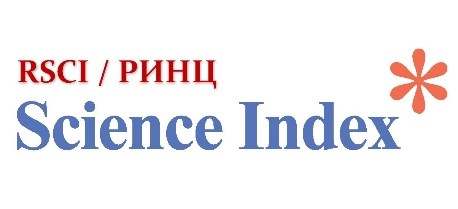Efficient reduction of Computed Tomography problems to the developed problem of recovery functions in the form of a finite convolution in the norms of "flexible" Hilbert Sobolev and Sobolev-Radon spaces according to the scheme of the Computational (numeri
Views: 641 / PDF downloads: 109
DOI:
https://doi.org/10.32523/2616-7182/bulmathenu.2023/1.3Keywords:
Radon transform, flexible Hilbert Sobolev space, flexible Hilbert Sobolev-Radon space, Plancherel's formula for the Radon transform, equivalence of problems of recovery of functions by their normsAbstract
Computed tomography is a vital need to know the structure of the inside of the body from the information obtained from its transillumination without destroying the shell. The format presented here for solving this massively understandable problem, which can only be theoretical and mathematical with subsequent engineering implementation, is fundamentally expressed in the approximate formula established by the authors in 2019 in approximate formula on a plane with a two-dimensional Cartesian coordinate system. In this article, this breakthrough is brought to a complete surprise in the equivalence of the fundamental problems of Computed Tomography and both widely known and developed in new content continuations of the problems of recovery functions by operators of the form of finite convolution of values approximated at the grid nodes with specially constructed kernels:
\[sup\left\{{\left\|f\left(x\right)-\sum^N_{k=1}{{\left(R^2\right)}^{-1}Rf\left({\xi }_k\right)}R\left(\Phi\left(y-{\xi }_k\right)\right)(x)\right\|}_{W^{{\left\|y\right\|}^{\frac{s-1}{2}}}_2\left(S^{s-1}\times R^1\right)}: f\in W^{әlpha \left(y\right)\dot {\left\|y\right\|}^{\frac{s-1}{2}}}_2\left(S^{s-1}\times R^1\right)\right\}\succ \prec \]
\[\succ \prec sup\left\{{\left\|f(x)-\sum^N_{k=1}{f\left({\xi }_k\right)}\Phi(x-{\xi }_k)\right\|}_{L^2\left(E_s\right)}: f\in W^{әlpha \left(y\right)}_2\left(E_s\right)\right\}.\] }
As is customary in Mathematics (in other sciences too), any claim for a breakthrough must be demonstrated in results of fundamental importance. In the resulting equivalence, the working part turned out to be in a state of enough for illustrative and, necessary, fundamental conclusions readiness according to the Computer Science offered by the first author (according to the list) in 1996 and filled in Kazakhstan with far from trivial content of the Computational (numerical) diameter (C(N)D). Namely, a wide range of developments in the theory of C(N)D instantly automatically leads to new theoretical and direct practical applications of advances in Computed Tomography, including analytic expressibility in explicit formulas of the computational aggregates of Tomography in terms of scanned quantities. Among them is also the conclusion that in Computed Tomography there is no better scanning method than the Radon transform.











